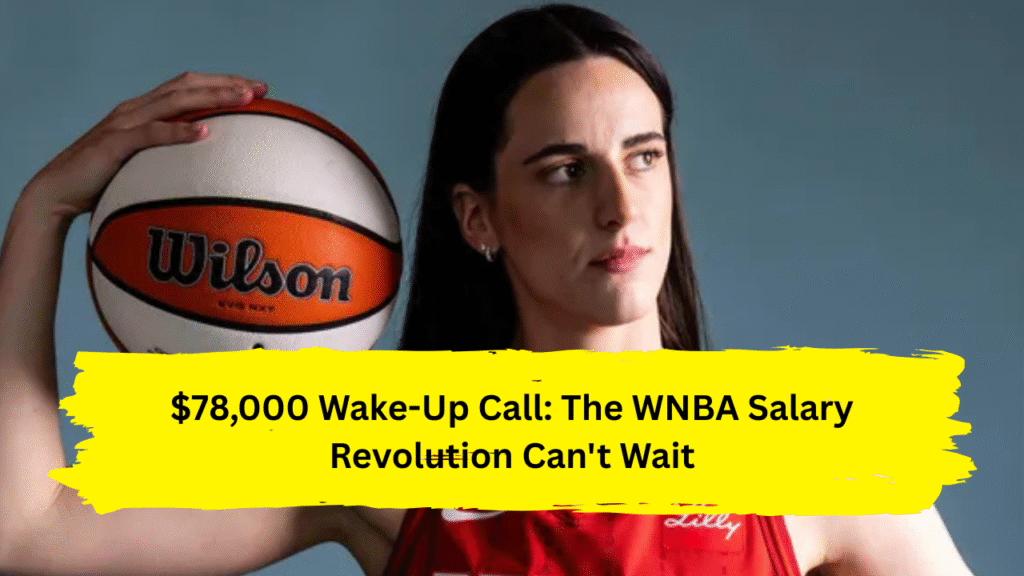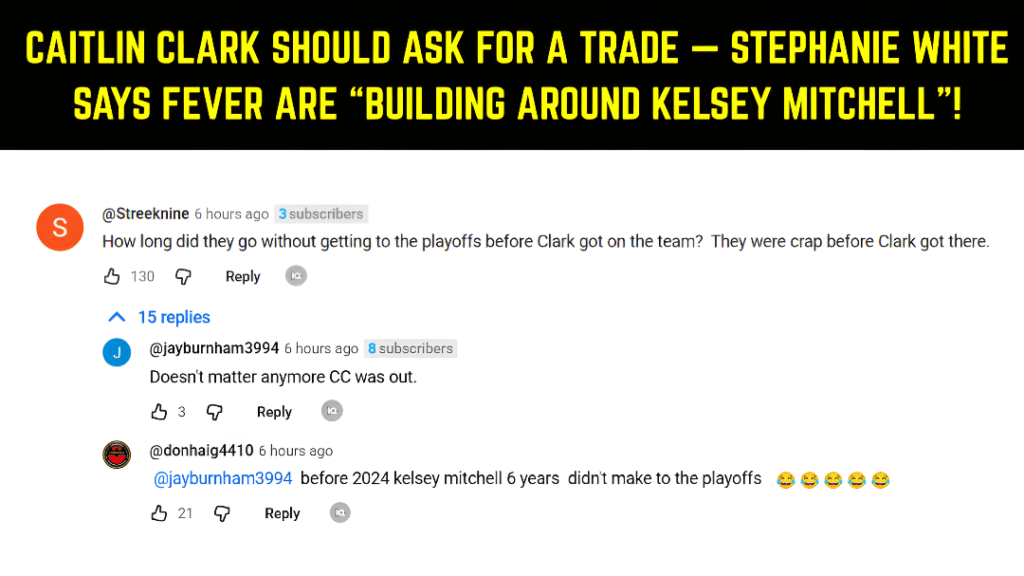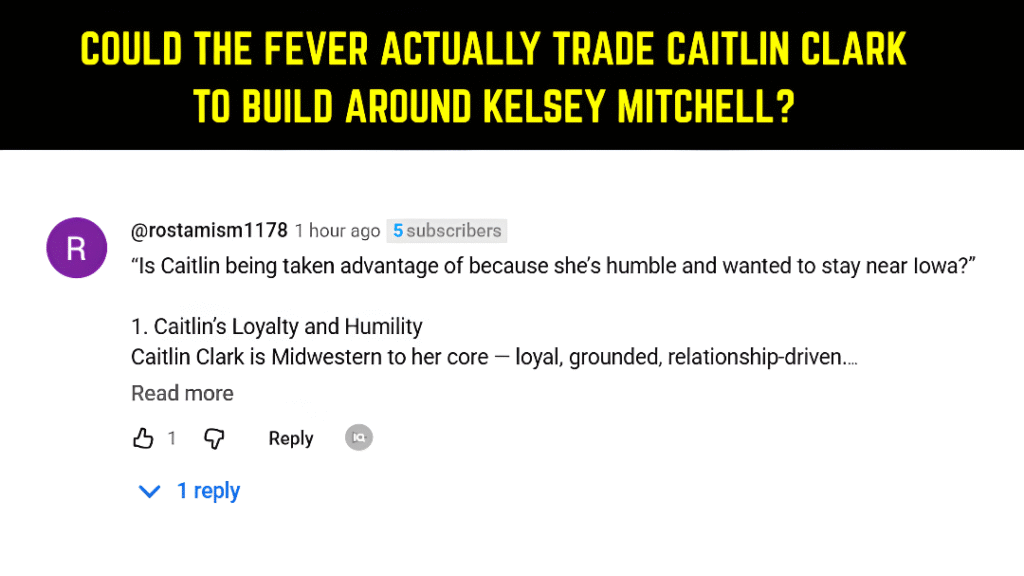Caitlin Clark’s $78,000 WNBA salary sparks outrage amid her $36M economic impact. Discover why stars demand fair pay and how 2025’s CBA battle could transform women’s sports forever. Join the movement for equity!
You’ve seen Caitlin Clark shatter records, sell out arenas overnight, and ignite a cultural frenzy unseen in women’s basketball. Yet as you scan headlines about her $78,066 salary for the 2025 season, the cognitive dissonance hits like a blindside screen. How can a player driving millions in revenue earn less than a rookie NBA G-Leaguer makes in a month? The outrage isn’t just justified—it’s fueling a labor revolt poised to redefine the WNBA. Clark’s paycheck isn’t a footnote; it’s the lightning rod for a league-wide reckoning between soaring valuations and stagnant wages. And with the Collective Bargaining Agreement expiring soon, players are ready to fight for their share .
The Stark Reality: Clark’s Salary vs. Her Value
Let’s confront the numbers head-on. As the Indiana Fever’s phenom, Clark earns a base salary of $78,066 this season—a figure dictated by the WNBA’s rigid rookie wage scale. Compare that to Victor Wembanyama, the NBA’s 2023 top pick, whose $13 million annual earnings eclipse Clark’s entire four-year contract by 40x . Even more jarring? Denver Nuggets mascot “Rocky” reportedly earns $625,000—nearly eight times Clark’s pay .
Yet Clark’s on-court impact is quantifiable. An economist at Indiana University calculated her 2024 season generated $36 million for Indianapolis through ticket sales, tourism, and merchandise. She alone drove 27% of the WNBA’s total economic activity . Off the court, her endorsements with Nike, State Farm, and Gatorade reflect her marketability—deals that exist despite the league’s pay structure, not because of it. As agent Erin Kane bluntly stated: “Will Caitlin Clark ever be paid by the WNBA what she’s worth? I don’t think that’s possible under the current model” .
Why the Chasm Exists: Broken Systems, Not Broken Value
The WNBA’s compensation crisis isn’t about “market forces”—it’s about systemic inequities. Unlike the NBA’s 50-50 revenue split with players, the WNBA allocates a mere 9.3% of basketball-related income to salaries . Consider the revenue pipeline:
- TV deals: The NBA’s $76 billion media rights dwarf the WNBA’s current $60 million/year deal (though a new $200M/year agreement starts in 2026) .
- Ownership stakes: The NBA owns 42% of the WNBA, creating conflicts where men’s league priorities overshadow women’s growth .
- Draft position bias: Angel Reese’s $80,000 salary trails Clark’s solely because she was picked 7th—a gap baked into a scale ignoring marketability .
This isn’t just “business as usual.” It’s a cycle of underinvestment. As scholar Mary McDonald notes, “A legacy of exclusion, complicit sports media, and differing owner investment have disadvantaged the women’s game” . Stars like Brittney Griner once played in Russia during the WNBA offseason to earn 15x their U.S. salary—a security risk that culminated in her 2022 detainment .
The Tipping Point: 2025’s CBA Showdown
Here’s why Clark’s rookie deal coincides with a revolution: The WNBA Players Association (WNBPA) opted out of the current CBA in October 2024, setting a 2025 deadline for a new agreement. Their demand? A revenue split mirroring the NBA’s 50-50 framework . If achieved, average salaries could surge from $147,745 to over $500,000 overnight .
Player leverage has never been stronger:
- Viewership records: 2024 was the WNBA’s most-watched season ever, with 54 million unique viewers and a 170% ESPN viewership spike .
- Merchandise explosion: Sales skyrocketed 601% year-over-year, while social media video views hit 2 billion .
- Expansion gold rush: New franchises in Toronto, Portland, and Cleveland paid fees up to $250 million—proving team valuations are soaring .
Clark’s presence amplified this growth, but veterans like A’ja Wilson ($200,000) and Kelsey Mitchell ($249,244) have long deserved equitable pay. As union VP Napheesa Collier declared, “We’re asking for a bigger cut of revenue—equitable to what the men get” .
Beyond Clark: The Ripple Effect for Every WNBA Star
This battle transcends one superstar. Consider Paige Bueckers, 2025’s No. 1 draft pick. Despite UConn dominance and Nike deals, her salary is identical to Clark’s 2024 contract: $78,831 . Or Angel Reese, whose candid Instagram revelation—”My rent is more than my WNBA salary”—exposed how even marketable stars rely on endorsements to survive .
The emergence of leagues like Unrivaled (paying players $220,000 average for 8 weeks) proves the market will reward women’s basketball when freed from legacy constraints . As Clark’s agent Erin Kane argues, spinning off the WNBA from NBA control could unlock decisions prioritizing women’s growth: “The NBA is incentivized to make choices good for the NBA, not always the WNBA” .
The Path Forward: Equity as Growth Catalyst
Paying players fairly isn’t charity—it’s capitalism. The WNBA’s $1+ billion valuation and $2.2 billion media deal confirm its profitability trajectory . Investing in salaries attracts deeper talent pools, enhances product quality, and sustains the fandom explosion Clark ignited. As scholar McDonald emphasizes, owners must “realize the opportunity to grow the league by investing in players” .
Imagine a WNBA where:
- Clark’s $36M impact translates into a $500,000+ salary
- Veterans earn seven figures, eliminating offseason overseas grind
- Rookies negotiate contracts reflecting brand value, not draft slots
This isn’t a utopian fantasy. It’s the inevitable endpoint if the 2025 CBA talks succeed.
The Final Buzzer
Caitlin Clark’s $78,000 salary isn’t just a talking point—it’s the symbol of a system gasping for relevance in a new era. Her passes thread needles, her shots shatter records, and her economic impact could bankroll a franchise. Yet the league paying her pennies risks squandering generational momentum. As you watch her next highlight, ask: Does the best shooter in basketball deserve a fair shot at her financial worth? The answer will define the WNBA’s next 25 years. The revolution tip-offs now.
FAQ: Caitlin Clark’s WNBA Salary and the Pay Equity Fight
Q1: What is Caitlin Clark’s 2025 WNBA salary?
Clark earns $78,066 in base pay from the Indiana Fever, per the league’s rookie wage scale. Despite her MVP-level impact, this ranks outside the WNBA’s top 25 salaries .
Q2: Why is there such a large pay gap between the NBA and WNBA?
Structural inequities drive the gap: The NBA shares 50% of revenue with players; the WNBA shares just 9.3%. Media deals also differ wildly (NBA: $76 billion; WNBA: $60M/year until 2026) .
Q3: How much does Clark earn from endorsements?
While exact figures are private, Clark’s Nike, Gatorade, and State Farm deals likely net millions annually—far exceeding her WNBA earnings. This mirrors stars like Reese (Reebok, McDonald’s) and Bueckers (Nike, Bose) .
Q4: Could the 2025 CBA negotiations raise salaries?
Yes. Players demand a 50% revenue share. If achieved, average salaries could jump from $147,745 to $500,000+. The new $200M/year TV deal (starting 2026) makes this feasible .
Q5: Is the WNBA profitable?
Not yet. The league loses $40–50 million annually, offset by NBA subsidies. However, surging attendance, media rights, and expansion fees (up to $250M per team) point to near-term profitability .
Also Read: Latest Trending News


